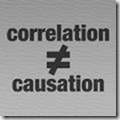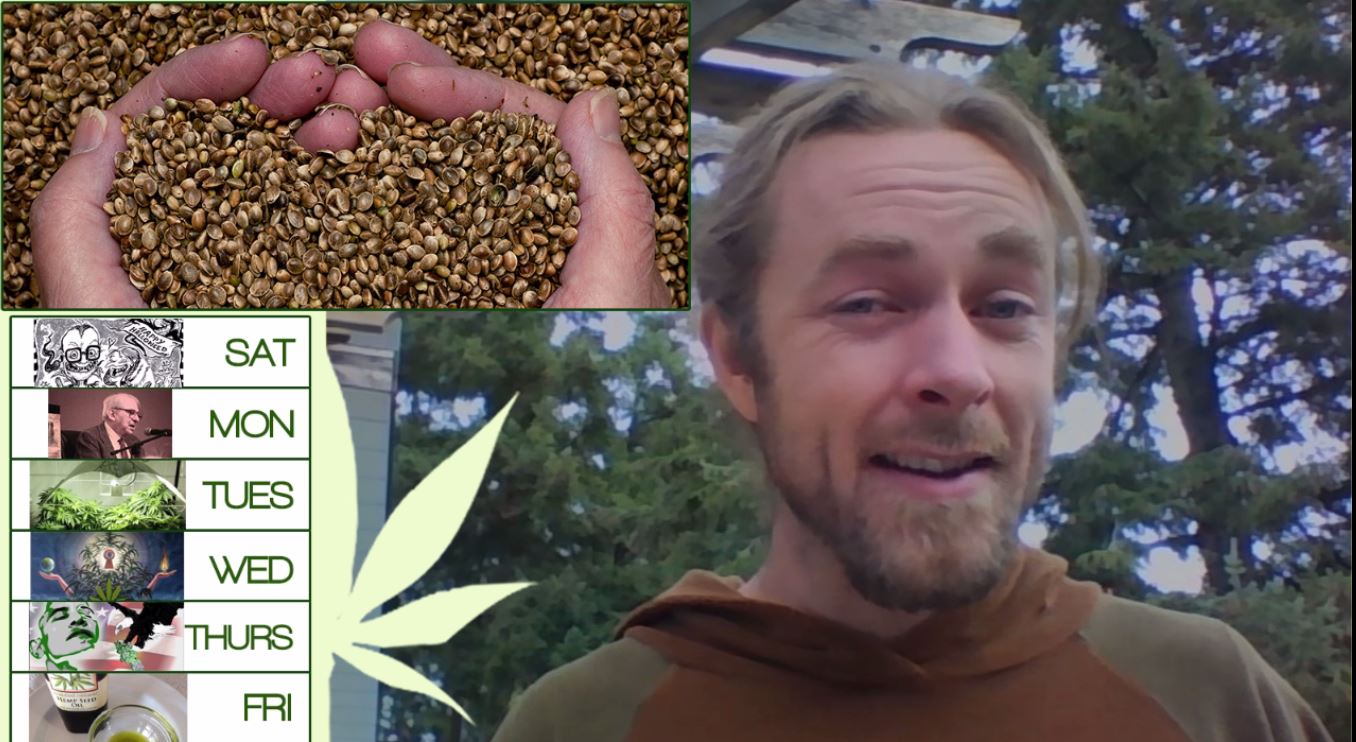CANNABIS AND YOUTH: EXPLODING THE CATEGORIES
Judith Stamps
T’is the season of the goblin, and once again we find ourselves confronted with media-driven Halloween goody scares. It is presently—as I scribble—Saturday, October 31st, and parents and kids of all ages are being warned to watch out, because people out there will be putting ‘marijuana’ into the Halloween candy they dispense from their doorsteps. ABC News has just told parents that dispensary owners now buy bags of gumdrops and other candies, “spray them with pure THC,” and then repackage them for sale. The sprayed candies, ABC claims, are indistinguishable from plain candies. Meanwhile, CBC carries a story about a Quebec City grocery store, whose employee had somehow mixed packets of bi-polar meds into the store’s candy basket for young customers. The first story is mythical. We all heard and read similar stories on the Halloween after Colorado had legalized cannabis; no cannabis candy was ever found in a child’s treat bag in that State or in any other. The second story is real.
 Let us set aside for the time being, the absurdity of ABC’s image: spraying thousands of freebie candies with a concentrate that costs the earth. Let us ignore, also, the silly notion that candies sprayed in this manner would be seem identical to plain ones. Let us set aside, too, the sad fact that Halloween has become an occasion for inviting young people, from toddlers to teens, to sicken themselves with overdoses of sugar. Let us concentrate instead, on the subject of youth, especially of the teens. Public concern about cannabis legalization and regulation starts and stops with this category of humans. Why? Well, because no one has yet claimed that elementary school children have taken to ‘dealing.’ But, as the supply lines in some places are not regulated, some of the teens have.
Let us set aside for the time being, the absurdity of ABC’s image: spraying thousands of freebie candies with a concentrate that costs the earth. Let us ignore, also, the silly notion that candies sprayed in this manner would be seem identical to plain ones. Let us set aside, too, the sad fact that Halloween has become an occasion for inviting young people, from toddlers to teens, to sicken themselves with overdoses of sugar. Let us concentrate instead, on the subject of youth, especially of the teens. Public concern about cannabis legalization and regulation starts and stops with this category of humans. Why? Well, because no one has yet claimed that elementary school children have taken to ‘dealing.’ But, as the supply lines in some places are not regulated, some of the teens have.
This kind of concern dates back to Harry Anslinger and J. Edgar Hoover’s 1937 prohibition campaign, which maligned cannabis by calling it a corrupter of youth. In 1937, the stated goal of prohibition was to preserve the virginity of young white women, and to prevent racial blending. Stoned young white women were said to be at risk of welcoming the predations of stoned, non-white young males. Of course ‘marijuana’ was also said, in that day, to cause insanity. Many years have passed, and we have now refined those messages, sort of. North Americans are not concerned in the same way with virginity and racial relations. We wish, rather, to protect the virgin brain, that pure slate upon which ‘marijuana’ might possibly leave indelible, crippling messages. This new concern is said to be objective, as it is based on the latest brain scan technology. This technology has turned up so-called abnormalities in brains of young cannabis users, although scientists do not agree on what these results mean, and some dismiss them altogether. Let us set aside, too, the fact that all major food corporations use brain scan technology on volunteer tasters in order better to bind brains to their junk food products. Indeed, let us entirely ignore the fact that no one seems to object to this use of science.
1. Let us, instead, explode Youth: The Category. It has to be said that there is no permanent, universal, objective category called ‘teens,’ or ‘youth.’ We invented a form of that category when, in the early part of the 20th century, we made high school education a regular, and later essential, part of public education. In 1937 this phenomenon was fairly new. For the first time in history, people in their teens were massed together to spend 5 to 6 hours per day, 5 days a week, 10 months of the year, for 4 or 5 years, away from their families and home responsibilities, and in each other’s company. Corralling them in this way rendered them visible as never before. They became objects of study for psychologists, and subjects of books. They became targets for ad campaigns, captives for the clothing industry, the food industry, and the cosmetics industry. They became film idols. They became teenage ‘delinquents.’ They developed a youth culture. Families lost some of their role in educating their young, and worried about them. Newly amassed youth made a great ‘30s and 40s modern’ target for a scary anti-marijuana campaign.
 2. Before this era, young people were integrated into their families’ social and economic lives. Children were sent to church run schools, or public schools, for basic literacy and numeracy, a process that went on, for most, until Grade Six or Seven. After that they worked, married, and generally took on adult responsibilities. It has to be clear to anyone who thinks about it that the 17 year old who sits in a high school class today is no longer the same human being as 17 year old who, in the 1930s and 40s, raised a family, supported the family by running a farm or practicing a trade, and took his or her place in the community of adults. Their brains, could we scan them side by side, would be bound to show differences. So if there is a teenage brain, it is a brain that we have created.
2. Before this era, young people were integrated into their families’ social and economic lives. Children were sent to church run schools, or public schools, for basic literacy and numeracy, a process that went on, for most, until Grade Six or Seven. After that they worked, married, and generally took on adult responsibilities. It has to be clear to anyone who thinks about it that the 17 year old who sits in a high school class today is no longer the same human being as 17 year old who, in the 1930s and 40s, raised a family, supported the family by running a farm or practicing a trade, and took his or her place in the community of adults. Their brains, could we scan them side by side, would be bound to show differences. So if there is a teenage brain, it is a brain that we have created.
3. It is also a brain that North American institutions choose to destroy, albeit selectively. Question: Why did the Harper Conservatives, and other cannabis prohibitionists accuse cannabis activists of trying to harm youth? Answer: Because it has long been a key technique of right wing conservatives to harm the youth of groups that they do not like, and they really can’t imagine anyone else behaving differently. Young people of visible minorities are arrested, prosecuted and imprisoned for cannabis possession at rates 3 or 4 times greater that their white counterparts. In addition, poor youth make better, easier arrest targets than youth from wealthy families. From the 1880s until as late as the 1990s Canadian native youth were herded into residential schools and systematically maimed. These activities are endemic to our mainstream culture.
 4. Question: Are there some teens that are especially likely to become ‘addicted’ to cannabis or any other substance? Answer: Sure. There the teens noted above. There are teens that grow up bitterly poor, and have a hard time feeling successful in our one-size fits all school system. Poverty can mean little or no supervision, and a life lived shifting for oneself that gives rise to tough values, not always the healthiest. As to school, academic learning can be out of synch with family values. In some homes there is little reading, and adults have little or no ability to encourage and support the kind of objective thinking taught in schools. For some parents, the vocabulary and manner of speaking that is natural to teachers, and later to students, is alien. Their grammar is different; their choice of words is different; their choice of topics is different. Some parents are overtly hostile to public schooling. So yes, caught between worlds, targeted by law enforcement, and by vigorous ad campaigns for the latest thing to be bought, some young people will be in pain, and will spend extra time with stuff that dulls its edges. That’s what addiction is: dulling the edges.
4. Question: Are there some teens that are especially likely to become ‘addicted’ to cannabis or any other substance? Answer: Sure. There the teens noted above. There are teens that grow up bitterly poor, and have a hard time feeling successful in our one-size fits all school system. Poverty can mean little or no supervision, and a life lived shifting for oneself that gives rise to tough values, not always the healthiest. As to school, academic learning can be out of synch with family values. In some homes there is little reading, and adults have little or no ability to encourage and support the kind of objective thinking taught in schools. For some parents, the vocabulary and manner of speaking that is natural to teachers, and later to students, is alien. Their grammar is different; their choice of words is different; their choice of topics is different. Some parents are overtly hostile to public schooling. So yes, caught between worlds, targeted by law enforcement, and by vigorous ad campaigns for the latest thing to be bought, some young people will be in pain, and will spend extra time with stuff that dulls its edges. That’s what addiction is: dulling the edges.
 One of the fine ironies of North American society is that, despite a school system that purports to teach rational thinking, too few graduates have any concept of how to think rationally. Take the subject of causation, for example. That’s an important element in rational thinking. Yet cannabis activists have been faced for over 70 years with hordes of opponents who confuse effects with causes. The current, still far too common view is that psychoactive substances cause poverty and break lives. Hardly any of our news stories, visual, aural or in print, show any better understanding. In addition, news stories regularly confuse causation with correlation. The rise of cannabis use correlates with the rise of this or that, high school drop out rates, or schizophrenia, or laziness, or other undesirable stuff. The misuse of reason by the ad industry is well known, and is often the subject of humour. Yet its messages too often hit their mark. We live in a commercialized, mass media environment that fosters mass idiocy.
One of the fine ironies of North American society is that, despite a school system that purports to teach rational thinking, too few graduates have any concept of how to think rationally. Take the subject of causation, for example. That’s an important element in rational thinking. Yet cannabis activists have been faced for over 70 years with hordes of opponents who confuse effects with causes. The current, still far too common view is that psychoactive substances cause poverty and break lives. Hardly any of our news stories, visual, aural or in print, show any better understanding. In addition, news stories regularly confuse causation with correlation. The rise of cannabis use correlates with the rise of this or that, high school drop out rates, or schizophrenia, or laziness, or other undesirable stuff. The misuse of reason by the ad industry is well known, and is often the subject of humour. Yet its messages too often hit their mark. We live in a commercialized, mass media environment that fosters mass idiocy.
In that environment, who talks to youth about cannabis? Well, there’s Darren the Lion, spokes-cartoon for the infamous DARE program, sill taught by law enforcement officers in many schools. Darren and his police helpers provide good examples of confusing causes with effects, and correlation with causation. They provide distorted images of cannabis, and promote paranoia by suggesting that young people spy on one another and on their families, the better to report ‘drug use.’ Then there are government agencies like Health Canada, or NIDA, and journalists, who discuss youth participation in cannabis, all with no input from youth.
 The good news for Canadians is that the Conservative campaign that targeted Prime Minister Elect, Justin Trudeau as a potential destroyer of youth, did not work. The 11 million dollar Health Canada ad featuring a glass, cannabis smoke-filled brain, did not work. This corner of the world stands, therefore, at the start of a new legalizing era. Ditto for many other locations. We get a chance to do something different.
The good news for Canadians is that the Conservative campaign that targeted Prime Minister Elect, Justin Trudeau as a potential destroyer of youth, did not work. The 11 million dollar Health Canada ad featuring a glass, cannabis smoke-filled brain, did not work. This corner of the world stands, therefore, at the start of a new legalizing era. Ditto for many other locations. We get a chance to do something different.
I am a dreamer, but I do not expect Trudeau or any other first minister to end poverty. One could expect a government, however, to bring youth into discussions on topics that affect them. This means, in practice, asking youth representatives to make regular presentations to all committees charged with the responsibility to legalize, regulate, and tax cannabis. It means inviting them to sit for times on those committees. It means chucking the DARE program ASAP, and asking the people held captive in our education system what sort of information would help them. It means putting together some educational materials suited to ‘soon to be’ adults, with their active participation. So far as I am concerned, it should mean lowering the voting age to 16 and, for those who can perform successfully in a civics exam, demonstrating a knowledge of the candidates and the issues, to people as young as 12 or 13, a typical age for religious confirmation. The best thing we can do for our youth is to to stop infantilizing them, and give them a fair say in their world. Then maybe we can stop blathering on about their brains, and get on with bettering the world we all occupy.





